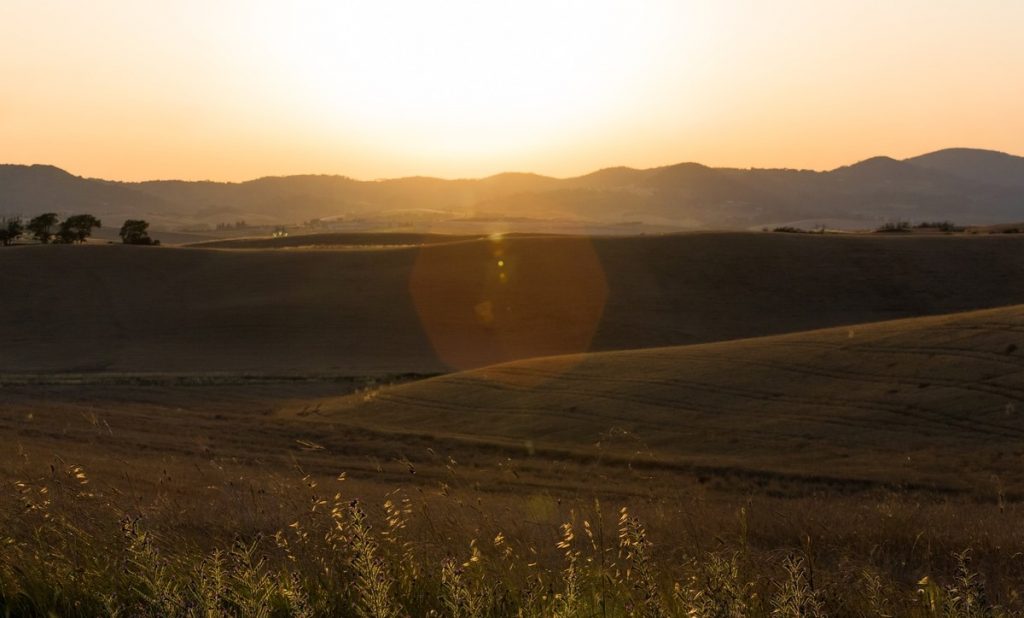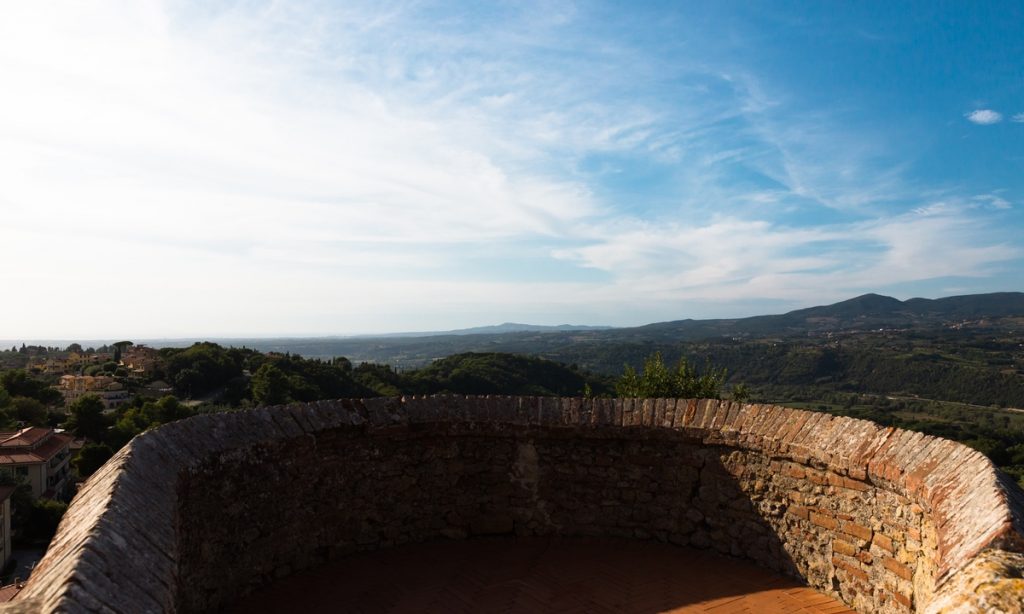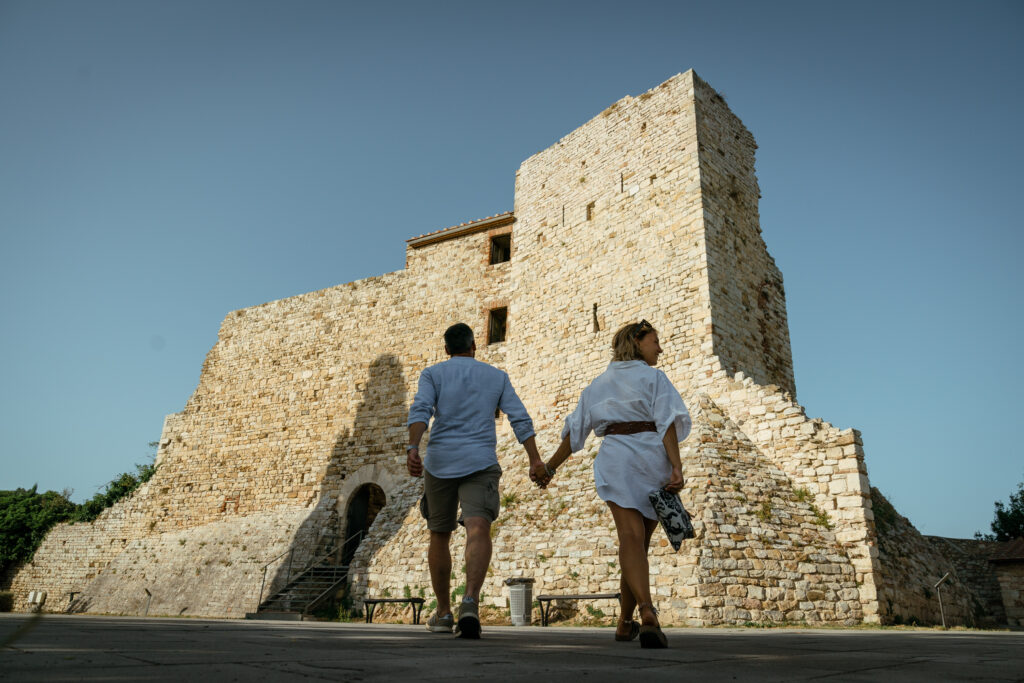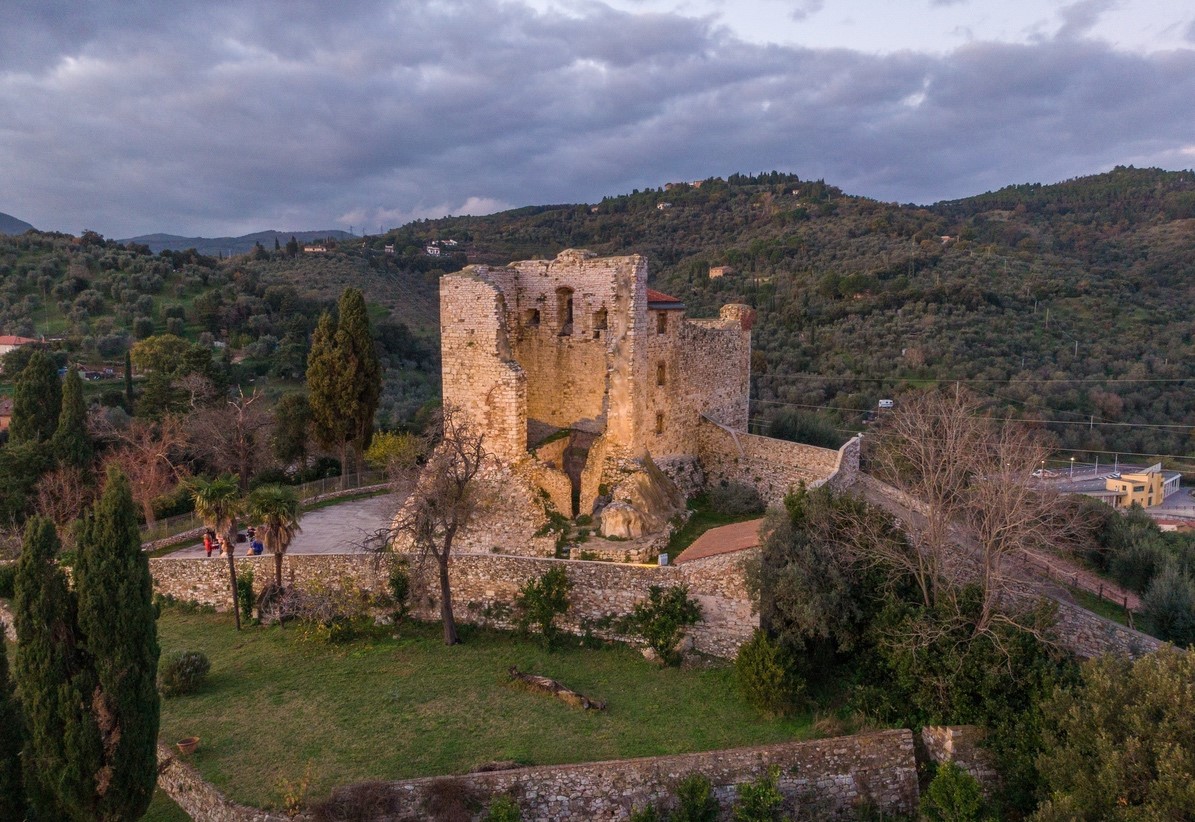Castles, fortresses and knights: discovering medieval villages
The villages of the Etruscan Coast retain the charm of their ancient fortifications: the journey in stages begins in the nearby hinterland.
The origins of the Etruscan Coast date back to the mists of time, when the native people from which it takes its name founded numerous settlements and necropolises that can still be visited today. However, it was the medieval era that left its mark on the appearance of the villages, many of which are characterised by castles, fortresses and alleyways with an irresistible appeal and all waiting to be explored.
Along the slopes of the Pisan Hills, the feudal village of Santa Luce still retains its maze of narrow streets leading from the old castle, where, hidden in a wall of the tower, a document holder was found that would suggest the Knights Templar passed through Santa Luce. Whether the legendary Grail was hidden here or not, discovering the remains of the fortress and the colours of the countryside is in itself an adventure.

Continuing inland, towards the south you come to Riparbella, which rises up on the countryside full of the olive trees and rows of vines that give life to excellent wines and quality extra virgin olive oil and which are traversed by the famous “Strada del Vino e dell’Olio Costa degli Etruschi”. The village developed around the ancient castle, the property of the noble Della Gherardesca family. Whilst the manor was destroyed during the fifteenth century, the streets and buildings retain their medieval charm and are the ideal venue for a break to taste the typical local products.
Not far away is Montescudaio, rated as one of the most beautiful villages in Italy. The gigantic walls that outline the perimeter of the castle create a magical atmosphere that transports you back in time; strolling aimlessly, you can discover delightful nooks and crannies and inevitably find yourself on the road leading to the last surviving watchtower, the “Guardiola”. From here a panoramic view sweeps over the green countryside to the coast on the Tyrrhenian Sea and beyond to the islands of the Tuscan Archipelago and even as far as Corsica. This exquisitely medieval village is not only a feast for the eye. Excellent, locally made Tuscan bread and DOC wine have earned Montescudaio the accolade of “Città del Pane e Città del Vino”. Throughout the area, farms and oil presses give life to superb extra virgin olive oil.

Casale Marittimo, one of the most beautiful villages in Italy and recognised with an orange flag by the Italian Touring Club, is another destination not to be missed if you want to dive into the medieval era of the Etruscan Coast and enjoy breathtaking views stretching as far as the eye can see towards the Archipelago. The concentric streets of the village invite you to slow down and look around; the castle and double wall that once protected the town have not survived, but careful inspection will reveal the many clues that history has left behind, like a skull mounted on a door, probably to indicate the entrance to the prison.
Approaching the coast, other villages have medieval characteristics, such as Bibbona, which retains the layout of an ancient inhabited fortress perhaps used by the Knights Templar, and Sassetta, the ideal destination for admiring the red marble and spending a relaxing day in the thermal baths or walking in the countryside.

You can then visit the fortress, Rocca Aldobrandesca, in Suvereto, again, one of the most beautiful villages in Italy and recognised with an orange flag by the Italian Touring Club, or head towards Campiglia Marittima, where you enter the oldest part of the town with its centuries-old walls. The Rocca di Campiglia, a monumental complex of five buildings, contains an open-air museum with information panels and the Museum of the History of the Medieval Town of Campiglia housing the excavation finds from the fortress of the Counts of Campiglia, the Della Gherardesca family. Discovery of this area is not complete without exploring the nearby San Silvestro Archaeological Mining Park and a fascinating visit to the mines. In Venturina there are the thermal baths of the Terme di Venturina and the Calidario, which are fed by the thermal waters of the Fossa Calda crossing the northern part of the town before heading towards the sea.
Exploring the Etruscan Coast means moving between different historical eras, from antiquity to the Middle Ages and on to the modern era, without ever losing sight of the beauty, charm and luxuriant nature that this corner of Tuscany carefully preserves.
